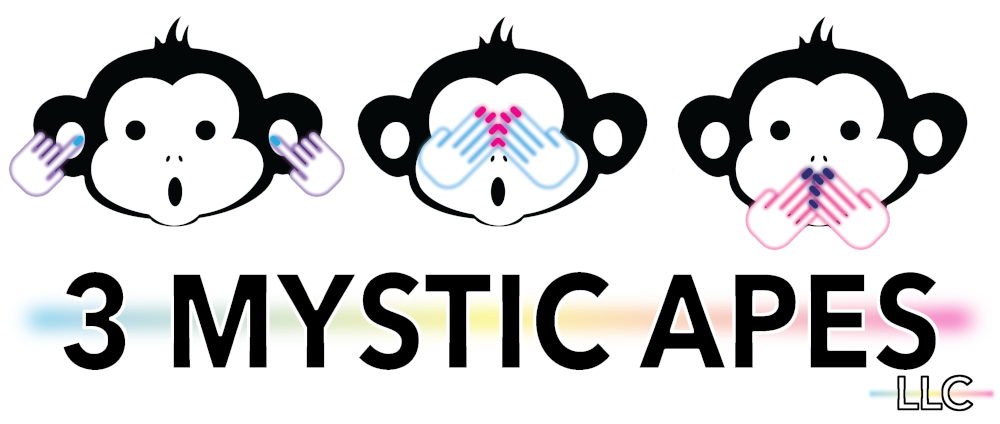2 min read
October 15, 2020
This week in history there are a couple of random facts to share.
The first is around the comptometer. On October 11th, 1887 the inventor or the comptometer, Dorr E. Felt, was granted a patent. The comptometer was the first commercially successful calculator, specifically a mechanical key-driven calculator.
The main purpose of the comptometer was to do addition, it could do all basic math (addition, subtraction, multiplication, and division). The keyboard was eight or more columns of nine keys, there was a specialized version for special purposes. Some of the special purposes included currency exchanges, times, and imperial weights. It was the first machine in production that could come to challenge the arithmometer or the clones.
This next random fact deals with computers in medicine. Allan M Cormack and Godfrey Newbold Houndsfield won a Nobel Prize in Physiology or Medicine on October 11, 1979 (press release). They won it for the "development of computer assisted tomography". This allowed them a more 3D image of what was being X-rayed. That information meant the radiologist could better read the information instead of having to make presumptions based on normal anatomy. The previous way was to complement frontal exposures with lateral exposures. At the end of the day, you are still trying to piece together a 3D mental model from 2D images. The computer-assisted approach replaced the file with sensitive crystal detectors. When struck by the X-rays they emitted a signal that was sent through an amplifier that was stored an analyzed, mathematically, in a computer. The computer program could quickly render out a final image. This image would be of a higher resolution then normal, mostly because the crystals at the time were more than 100x more sensitive than the film.
These posts are meant to make us think of how we can incorporate technology for the betterment of everyone. Just think something you might do every day that makes your life easier/better could be the start of the next Nobel Prize.
